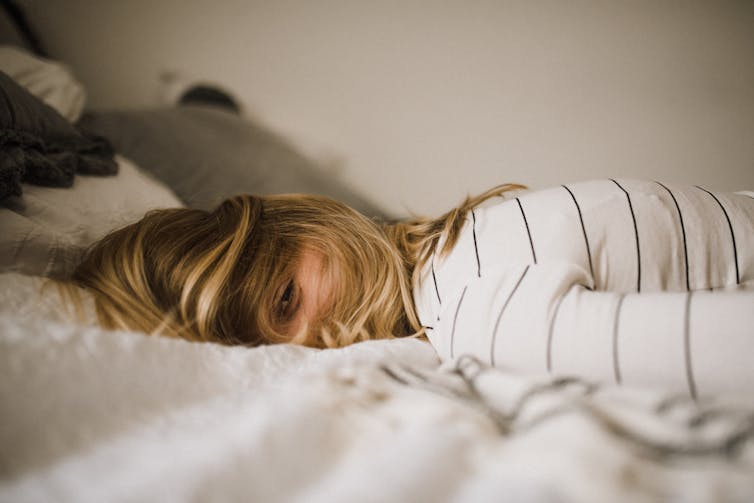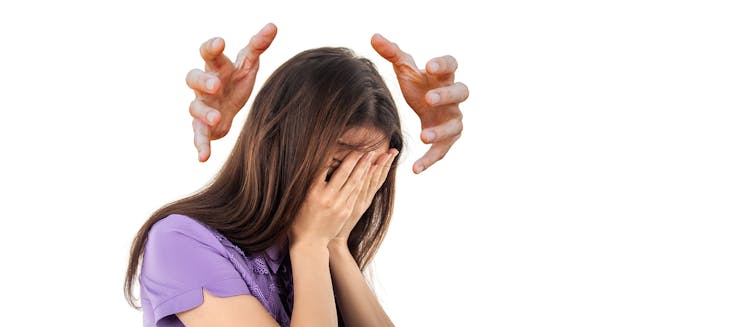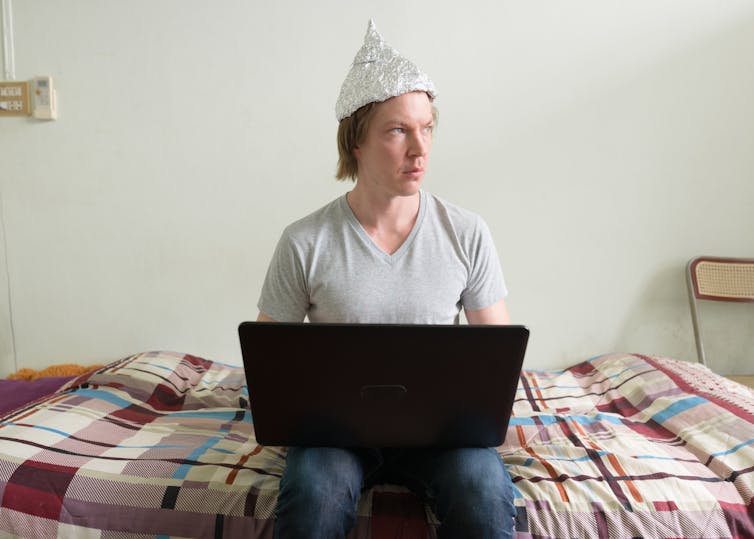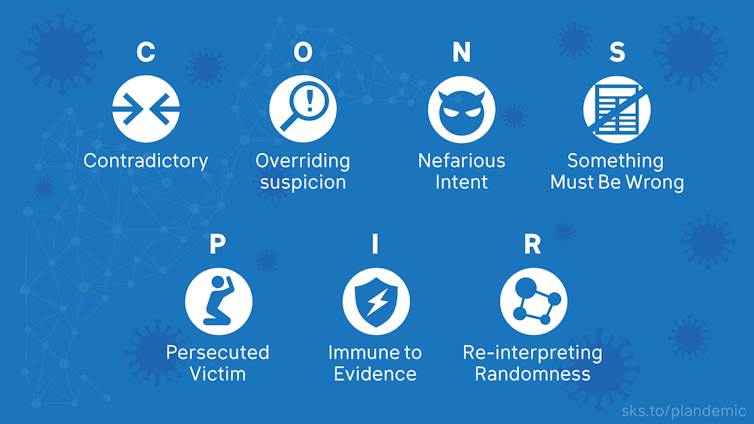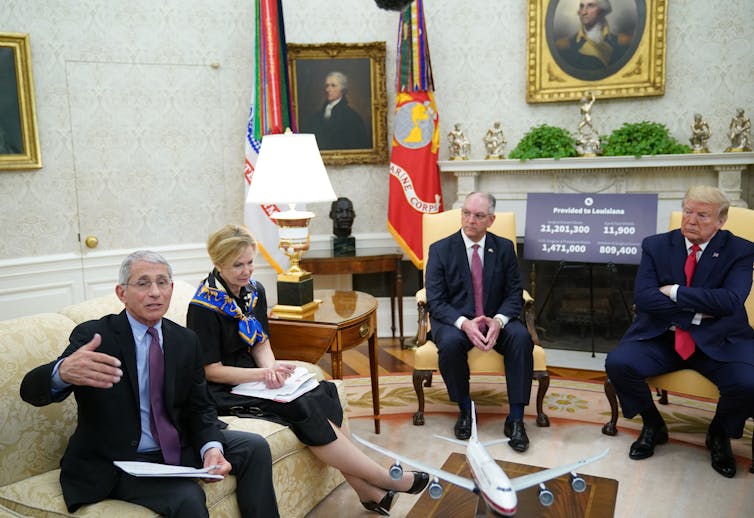 |
| 2020 Part 2: What Can We Expect From The Second Half Of The Year? (Pixabay - CC0 Licence) |
As we enter Part 2 of 2020, it’s worth looking ahead and considering what the rest of the year might have in store for us. After all, we were all a little blindsided by the way that this year started, so it’s a good idea to be ready for anything in the next six months.
Will the UK have a second wave of Coronavirus?
The nature of pandemics is that there tends to be an initial ramping up to a frightening peak, which then relents to a point where things can be somewhat relaxed. We’re at the third point of that path, which sounds good. However, the overall path of a pandemic usually includes a sting in the tail in the form of a “second wave”. Unless the virus is entirely eradicated globally, it’s almost certain that a second wave will arise in some areas of the world.Will the UK be among those areas? There’s no way of knowing for sure, but let’s consider these points:
- One city has already had to announce that their planned exit from lockdown will be delayed; more are expected to follow.
- New Zealand, which had eradicated the virus within its borders, then announced two new cases; both visitors from the UK.
- Within days of opening up beaches, the town of Bournemouth was the scene of a “major incident” as thousands of people descended to enjoy a heatwave.
Will there be a swine flu outbreak to deal with, too?
While we are already dealing with Covid 19, many of us will have noted from our social media timelines that there might be more bad news on the way:Flu virus with 'pandemic potential' found in China https://t.co/O4Pv1f8NjM— BBC Health News (@bbchealth) June 29, 2020
So, will we go from protecting against Covid 19 to fighting the new strain of swine ‘flu? Will we, perish the thought, find ourselves battling both at the same time? The truth is, we can’t really say right now. The fact that the virus has been highlighted as having “pandemic potential” certainly isn’t good news. What we know is that the virus can infect humans and, because it is new, we’re unlikely to have any inbuilt immunity to it. It’s also not a strain that is currently protected against by the ‘flu vaccine.
Where we need to be particularly vigilant is in not seeing this as simply a threat that is being amped up. It is possible for two unpleasant and highly contagious viruses to be in circulation at once. Whether or not you believe the present pandemic was a particularly serious event, you should err on the side of caution if this latest virus starts to make its way around the world. If people become skeptical and cease to follow social distancing and other anti-transmission measures, this could vastly increase the potency of either virus, or both.
Will things ever be normal again?
In the early days of lockdown, many of us will have repeatedly used a form of words along the lines of “when this is over/when things are back to normal” or similar. It will have crossed very few minds that “this” might not be over any time soon, and that “normal” might mean something very different by the time it is over. In truth, looking into the future, we may all have reason for uncertainty. It’s an uncertainty that won’t go away any time soon, in all likelihood.Let’s look at one of the most obvious changes that has taken place since the virus started spreading: working practices. If you have begun working from home since March, how inclined are you to go back to a workplace? Particularly if doing so involves getting on a bus or a train? When every contact is a potential opportunity for the virus to spread, and people don’t need to be symptomatic to pass it on, “normal” is unlikely to describe the overall situation any time before 2021.
There is, essentially, no part of everyday life which is the same right now as it was this time last year. The number of things that have changed, and the extent to which they have changed, may well make it impossible for life ever to go back to the way it was before, or anything like it. That doesn’t need to be a bad thing - if you can make adjustments that allow you to have more time with family and, eventually, friends - but equally, it is important not to rely on things getting back to how they used to be any time in 2020.
The first half of 2020 has been tumultuous, and it’s entirely understandable if you’re still digesting it all. As we turn to the second half, it is important to be ready for anything that it might throw at us. Recent history has taught us that things can happen fast and turn the world upside down.



